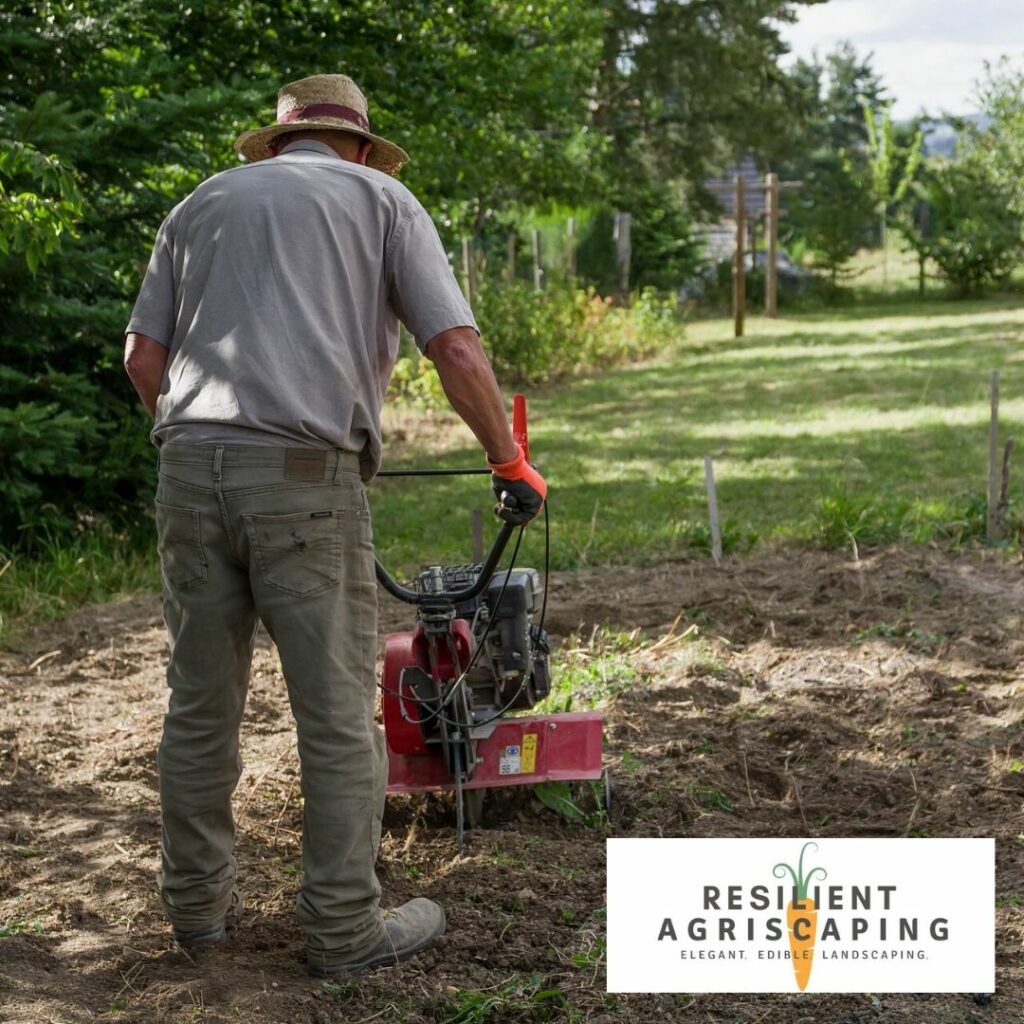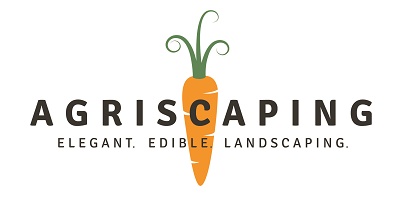Is Tilling Necessary?

Is Tilling Necessary?
By Chris Stevens
Who wants to work harder, not smarter? Can I see a show of hands? I didn’t think so. Most gardeners and homesteaders appreciate learning better ways of doing things. Tilling is time-consuming work so if there is an easier and better way to have healthy soil for growing my own food and medicine, I want to know about it!
So is tilling necessary? It depends. That’s the answer to many garden questions. There is no one-size-fits all solution to every garden problem. That’s one of the reasons it’s so hard to find good information on the internet. You watch a video with someone raving about how good something works, but how does their context (eg. macro- and microclimates, soil conditions, etc.) compare to yours? One of the things I love about Agriscaping is that all of our professional services are custom-tailored to your unique context.
If you’re starting new beds, tilling can play a role in preparing soil. But it’s not the only option or even necessarily the best option. There are also some unintended consequences that go along with tilling, so if there are ways to accomplish the intended results without destroying existing soil structure (all the little pockets and channels of air, water, and living networks that nourish roots), those ways might be a better way to go. Proper bed design can build soil structure and help eliminate compacting the soil, which inhibits root growth (rototillers compact it at about 8-10″ where the blades are repeatedly hitting with the weight of the tiller on top, whereas 18″ is the ideal depth for healthy root growth of many vegetables).

At Agriscaping we talk a lot about healthy soil because that’s what leads to healthy plants, which leads to healthy animals and healthy people. This is why they say that every good farmer is first a soil farmer. Once you have established healthy soil, tilling is not only unnecessary, it’s actually counterproductive because it destroys the very structure and soil life that makes healthy soil. We’re all now more aware of supply-line disruptions. Soil disruption has a similar impact on plants and their ability to get the nutrients they need and we need.
No-till gardening can save time, money, and labor. It can also increase fertility, leading to healthier plants, which in turn reduces pests and disease while improving yields, nutrition, and flavor. To learn more about starting or converting to no-till garden beds, attend our free live webinar on May 23rd (RSVP here). RSVP and get the replay if you have a schedule conflict, but attend live and get your questions answered.
This article is the first in a five-part series we’re doing on regenerative principles for soil health. The first principle that we talked about here is: minimize soil disturbance (a couple of things we didn’t talk about that can disturb your soil health are chemicals and overgrazing). The other principles we’ll cover are: protect soil surface, maintain living roots, companion planting, and animal integration.
What’s your next step?
—–
Chris Stevens is the founder of Sabbatical Ranch and Resilient Agriscaping in the mountainous highlands of Arizona and is available for virtual consultations worldwide. Want to save enormous amounts of time and money instead of wasting it on trial and error? It all starts with an Initial Productivity Assessment & Consultation customized to your landscape.
Want more Agriscaping Homestead content? Subscribe to our newsletter to be notified about new articles, webinars, and more.
